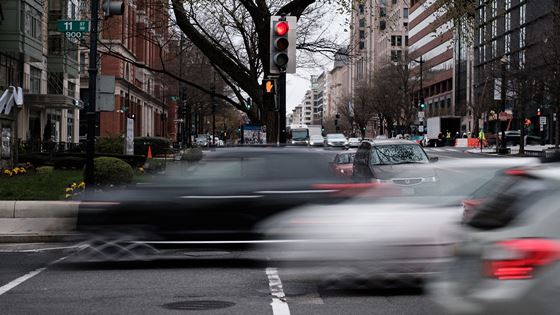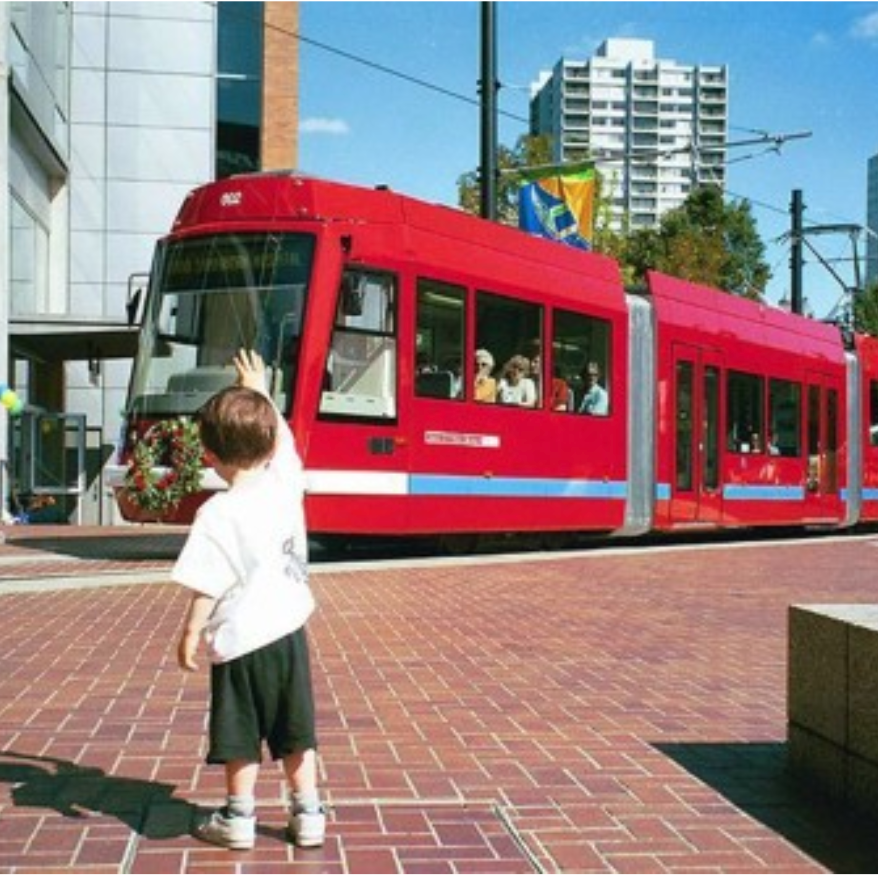Speed limits on urban streets will no longer be set almost exclusively by how fast drivers choose to drive.
The National Committee on Uniform Traffic Control Devices, a powerful group of engineers, voted last week to require city transportation officials to consider "pedestrian and bicycle activity" when determining the speed limit on most urban and suburban streets. The changes will be incorporated into the Manual on Uniform Traffic Control Devices — perhaps the most important traffic engineering manual — when it is revised some time in the next few years.
Here's why this is so profound: Current guidance on speed limits conform to the infamous "85th percentile rule," which pegs the speed limit on any particular roadway to the speeds of the fastest 15 percent of drivers in "free-flowing conditions." So if 85 percent of the drivers stay below 40 miles per hour and 15 percent of drivers exceed it, that becomes the speed limit, even if 40 miles per hour is a bit too fast for that roadway.
Critics say that such a rule raises the speed limit to what drivers want as opposed to what is safe for that road's condition or context. The current edition of the Manual on Uniform Traffic Control Devices say that engineers may use other criteria — like the presence of pedestrians — in setting speed limits. But the new language orders them to use that information in addition to the 85th percentile rule.
"It has the potential to have a significant impact," Peter Koonce, an engineer with the City of Portland and a sitting member of the NCUTCD, told Streetsblog.
The engineering group also voted to strike language that said the speed study should be conducted in "free-flowing" traffic conditions.
"That’s really a recipe for getting higher speeds," said Koonce.
The League of American Bicyclists called the changes "welcome improvements," but the organization added that NCUTCD should have gone further.
The rule changes come as there has been growing awareness of the dangers of speeding, especially as traffic fatality rates have been surging. In 2017, the National Transportation Safety Board sounded the alarm about the issue and suggested rethinking the 85th percentile rule.
Speed management is important for everyone's safety, including drivers. But it can be especially critical for pedestrians. A pedestrian struck by a car at 40 miles per hour has a 55 percent chance of surviving compared to a 88 percent chance at 25 mph.
NCUTCD refused to provide Streetsblog the approved language for several weeks so this reporting relied on third-party documents.






